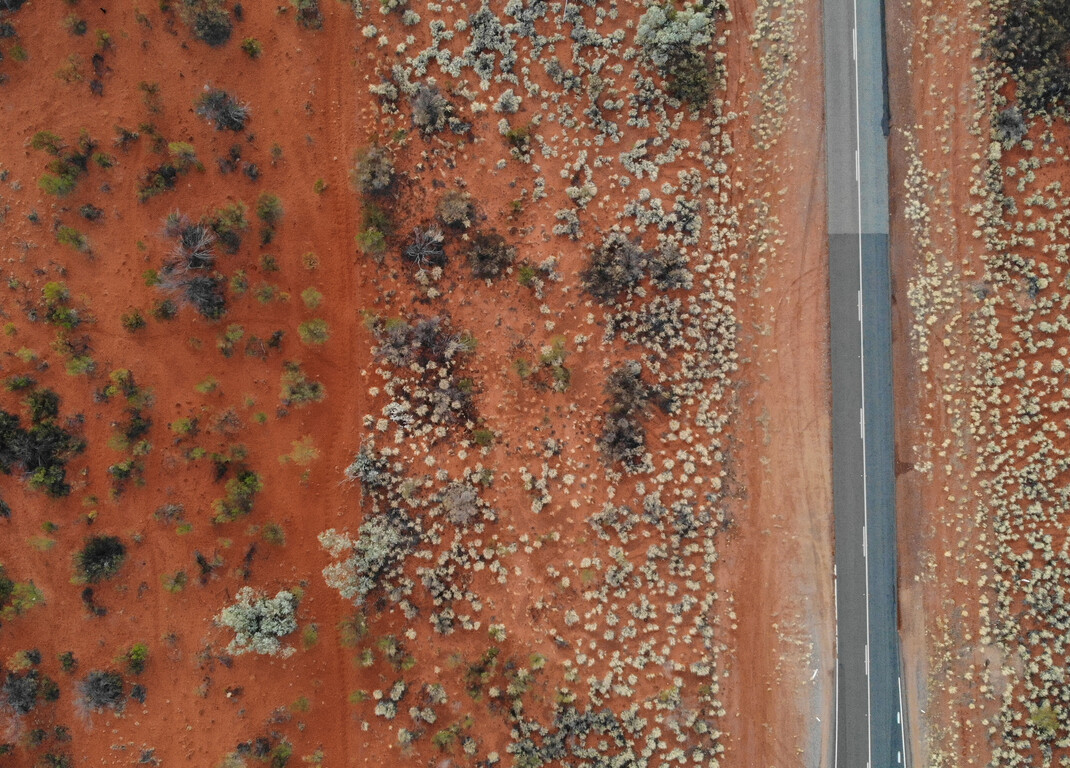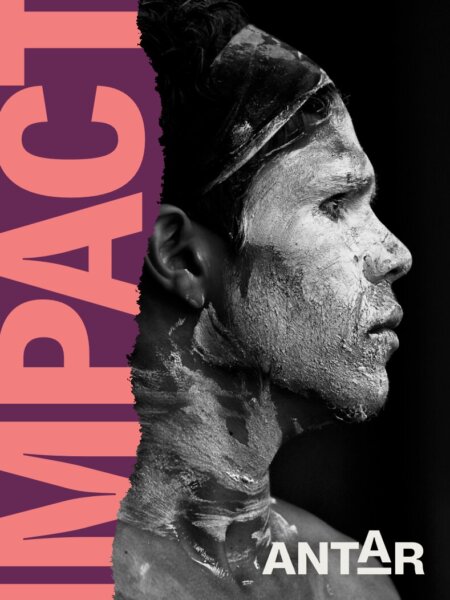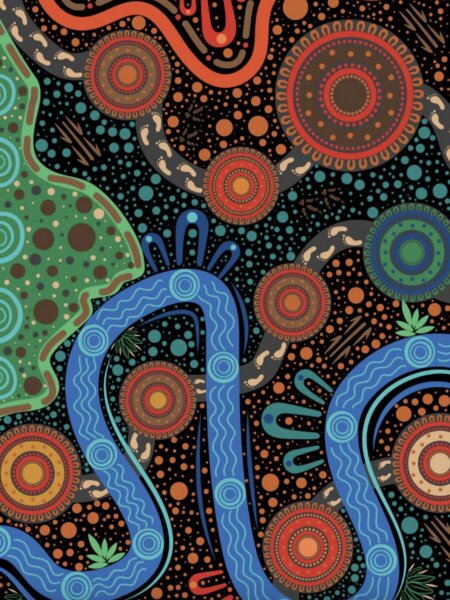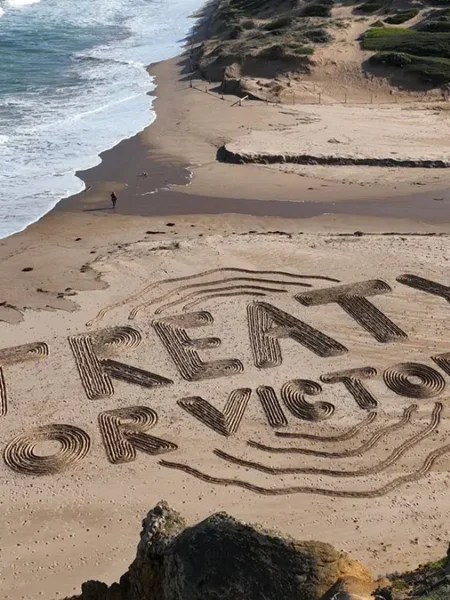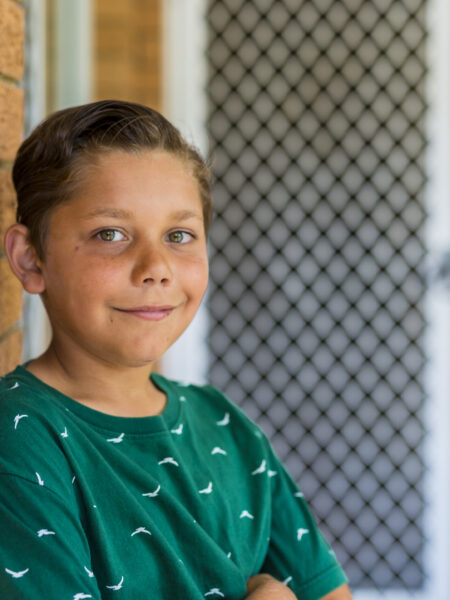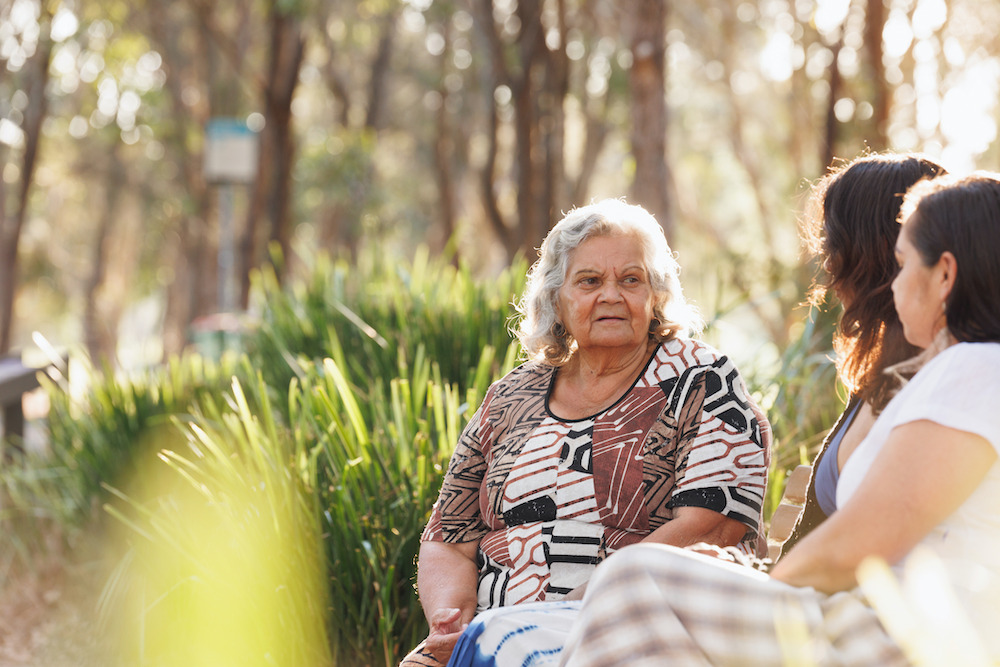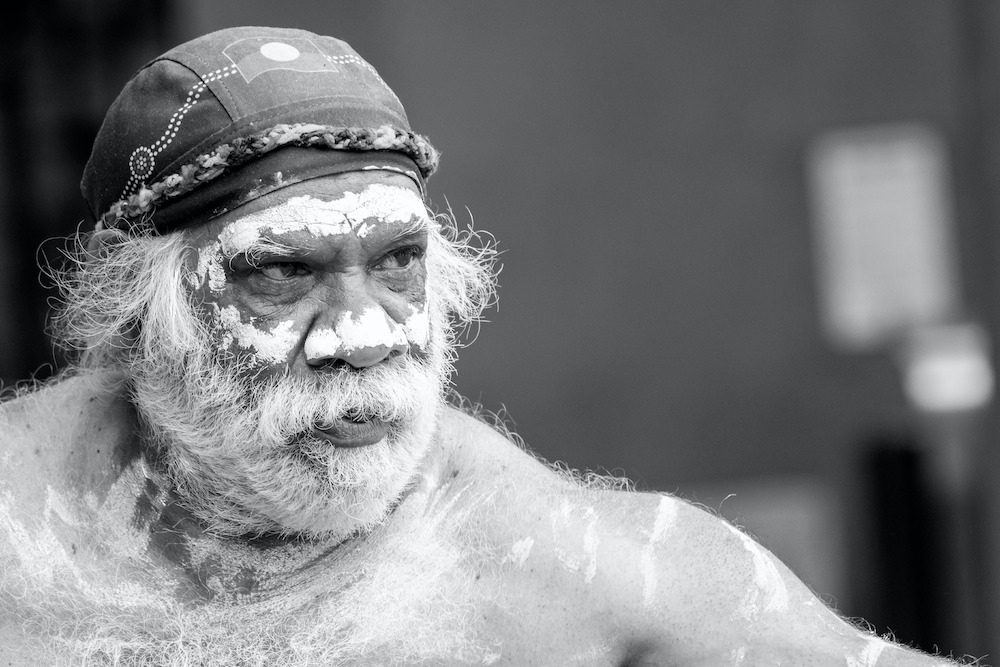In the telling [of history] we assert the validity of our own experiences and we call the silence of two hundred years a lie. And it is important for you, the listener, because like it or not, we are part of you.
Sally Morgan, Royal Commission into Aboriginal Deaths in Custody (RCIADIC)
In the Australian context, contemporary truth-telling projects largely revolve around and contribute to one or more of the following four themes:
- to acknowledge the structural and ongoing violence committed by the colonial State toward Aboriginal and Torres Strait Islander sovereignty, culture, communities, and Country since invasion;
- to reconceptualize Australian nationhood based on a deep recognition of First Nations’ prior occupation and ongoing First Nations sovereignty in the modern nation-State;
- to determine and advance the redress of injustice arising from this colonial history, including structural transformation; and
- the reconciliation and healing of relationships between Aboriginal and Torres Strait Islander communities and the broader Australian community.
Truth-telling, then, is not just about exposing Australia’s violent colonial history, but about recognising and understanding First Nations connections to and care for Country and the vast contributions Aboriginal and Torres Strait Islander peoples have made to Australia’s culture, development and society. In a broader sense, truth-telling processes involve addressing concepts of narrative and collective memory, trauma and healing, and responsibility and justice.
But what is the history of truth-telling in Australia, and how can we understand the impact that key historical moments of truth-telling have had on contemporary truth processes?
Original myth: terra nullius
Since British forces invaded the continent now known as Australia in 1788, imperial institutions and policies have overwhelmingly perpetuated a colonial ‘truth’ at the expense of the rights, histories, experiences, knowledges and contributions of Aboriginal and Torres Strait Islander peoples which have, for the most part, been ignored and silenced. This colonial ‘truth’ has, both historically and currently, often been taken as fact. The result has been what anthropologist Bill Stanner famously identified in 1968 as the ‘Great Australian Silence’.
The concept of terra nullius – land belonging to no one – was one of the earliest colonial ‘truths’ used to legitimise the invasion of First Nations land, and the dispossession, murder and removal of First Nations peoples. In 1835, terra nullius was institutionalised in Britain’s legal system as the justification for Imperial rule of Australia and was only overturned in 1992 by the High Court of Australia.
We now understand terra nullius not as truth but as the myth that these lands were not occupied, or at least were absent of ‘civilised’ people capable of land ownership and management.
Eurocentric notions of ‘truth’ have been institutionalised in order to consolidate imperial power, undermine First Nations knowledges, languages and ways of being, and attempt to systematically undermine First Peoples’ sovereignty and self-determination. Paternalistic and racist policies such as the 2007 Northern Territory Intervention are embedded in Australia’s legal systems and continue to reinforce the colonial ‘truth’ that First Nations peoples are void of agency and incapable of prospering without white protection and intervention.
Even where the settler colonial State has engaged in State-sponsored truth-telling processes – two of the foremost examples being the Royal Commission into Aboriginal Deaths in Custody and the National Inquiry into the Separation of Aboriginal and Torres Strait Islander Children from their Families – systematic change remains partial, at best. The recommendations from these government inquiries consistently fail to be adapted into government policies.
RCIADIC
The Royal Commission into Aboriginal Deaths in Custody (RCIADIC) was held between 1989 and 1991 with the mandate to investigate the causes of deaths of Aboriginal people who were held in State and territory gaols. The Commission is now widely considered one of the key examples of a State-sponsored activity that led to a process of truth-telling.
The Commission’s 1991 final report made 339 recommendations which, if implemented, would work toward remedying the overrepresentation of First Nations peoples in custody and prevent their ongoing deaths. You can read more about the impact of the Commission here.
A 2018 report by the Centre for Aboriginal Economic Policy Research found that very few of the RCIADIC recommendations have been implemented, and some policy positions directly contravene the recommendations. Now more than 30 years after the final report was handed down, there have been 556 First Nations deaths in custody recorded. A Productivity Commission report revealed that First Nations deaths in custody in 2022 were at the highest level in 15 years.
National Inquiry
A second major State-sponsored process of truth-telling, the Inquiry Into the Separation of Aboriginal Children From Their Families, was conducted between 1995 to 1997 into the forced removal of Aboriginal and Torres Strait Islander Children from their families. The Inquiry culminated in a final report, titled Bringing them Home, which was released in May 1997.
The report found that in the period from 1910 to 1970, between one in three and one in ten First Nations children – now known as the Stolen Generations – had been forcibly removed from their families and placed in non-Indigenous homes, residential schools and coercive institutions where they were subjected to abuse, ‘training’ and torture. The effects from these events continue to reverberate today through intergenerational trauma.
The government responded to the report in 1997 with a $43 million package but rejected recommendations for compensation and other forms of reparation, as well as all recommendations dealing with contemporary forms of removal. It did accept the recommendation for an official national apology, though this did not happen until 2008.
Sadly, Australia has not learned from the truths exposed in the 1997 National Inquiry and continues its devastating practice of First Nations child removal.
The Yoorrook Justice Commission’s 2023 report into Victoria’s Child Protection and Criminal Justice Systems found that First Nations children in Victoria are 5.7 times more likely to be reported to child protection authorities than non-Indigenous children. In fact, the number of First Nations children removed from their homes and families has now exceeded the numbers reported in the Bringing them Home Report. These statistics are echoed in other states and territories, all of which have alarming numbers of First Nations child removal that some say constitute a second Stolen Generation.
